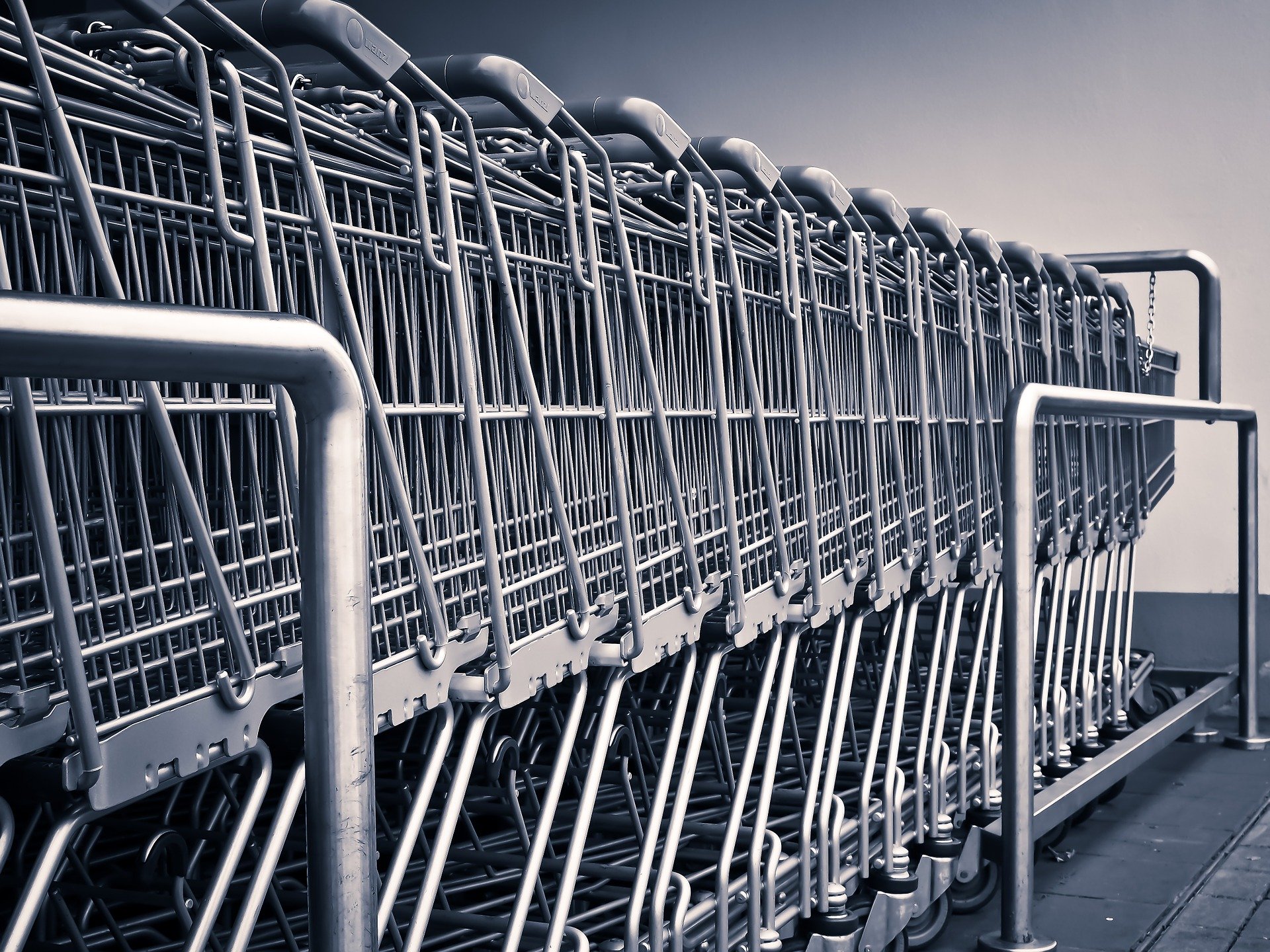In the words of Bob Dylan, “the times they are a-changin’.” As we face this current global pandemic, it is quite clear that things will never go fully back to normal once it’s over. We are a generation that has lost a bit of that innocent, carefree nature we once had.
For example, the biggest change we’ve experienced has been at the grocery store. There was once a time, not too long ago, when we could run into the store for a loaf of bread and a pint of ice cream like it was no big deal, then spend our weekend shuttling ourselves between 2 or 3 different stores for the overall grocery shopping trip.
Now, we are living in times where our trips to the store need to be entirely essential. We second guess how badly we really need to satisfy that late-night craving for Doritos. We try to limit our potential exposure by doing a one-stop-shop once a week. We wear gloves and masks. We stand in line. We keep a distance from people. We’ve witnessed hundreds of empty shelves. We’ve bought random canned items because that’s all that was left, then done a Google search to see what we can make with them. We’ve wiped down our grocery items after bringing them home. We are not the same as we once were.
But the one thing that we are in constant worry over is how we can avoid minimizing the risk of exposure when we are out in public for the weekly food shop.
And below in this video are some valuable tricks given by public health experts:
As the video states, there is still the chance of germ spread even with gloves. If you’re in the store and touch an item that has coronavirus germs on it then touch your wallet, even with gloves, you’re still transferring the germs. That is why you need to be diligent in washing your hands afterward, as well as disinfecting everything you may have touched while out shopping, such as your phone, credit cards, purse, etc.
Additionally, it would be a good idea to try and order your food online for delivery or pickup. There is, of course, a small fee, but it’s worth it in these times since you’re helping keep the risk of exposure low. The only downside is that there are more people who are opting for the delivery option, so you may need to wait several days to a week before you get your food.
As one CDC spokesperson said to Time, “if you have any symptoms of illness, please stay home to protect your own health, as well as the health of others.” Therefore, grocery delivery services are essential when you’re sick.
Alternatively, there is a slightly different option for in-store pick up. You drive to the store, however, once you arrive, the order will be brought out directly to your car so you don’t have to actually go into the store physically. And the best part is that some stores won’t charge extra for this service.
However, if you do have to physically go in person to a store, then you definitely need to practice social distancing. And many stores are now offering sanitizing wipes, so use those to wipe down baskets and carts. But it’s still a good idea to bring your own wipes just in case the store has run out because wiping down surfaces is so important. You don’t know who has coughed or sneezed on the handles of things.

In fact, the CDC has now issued a recommendation to people who aren’t sick that they should still try to wear a mask when they go out shopping. If you don’t have a mask you can easily make one yourself, even if you’re not much for sewing.
Additionally, it is recommended to pay without using cash, and if possible, do the self-checkout. Still, there are some stores that have implemented a no-cash policy or set up plexiglass partitions to keep their cashiers safe.
If you are someone who is considered high-risk, there are store hours specifically set aside for you – be sure to take advantage of them. Many stores are opening an hour earlier specifically to accommodate the high-risk shoppers so they can avoid the crowds and get to the store when they’re as clean and stocked as possible.
Even if you’re not part of a high-risk group, you can always call your local store ahead of your planned shopping trip to see when they tend to be less crowded, then try to shop at that time. Not only will you get in and out faster, but less people means it’s easier to social distance.
And definitely don’t hoard food – don’t be that person. When shopping, try to do your grocery shopping once a week. And if your store happens to be out of something, try to find an alternative substitute that works.
Overall, just be safe, stay home unless it’s absolutely essential, and be kind to others.













